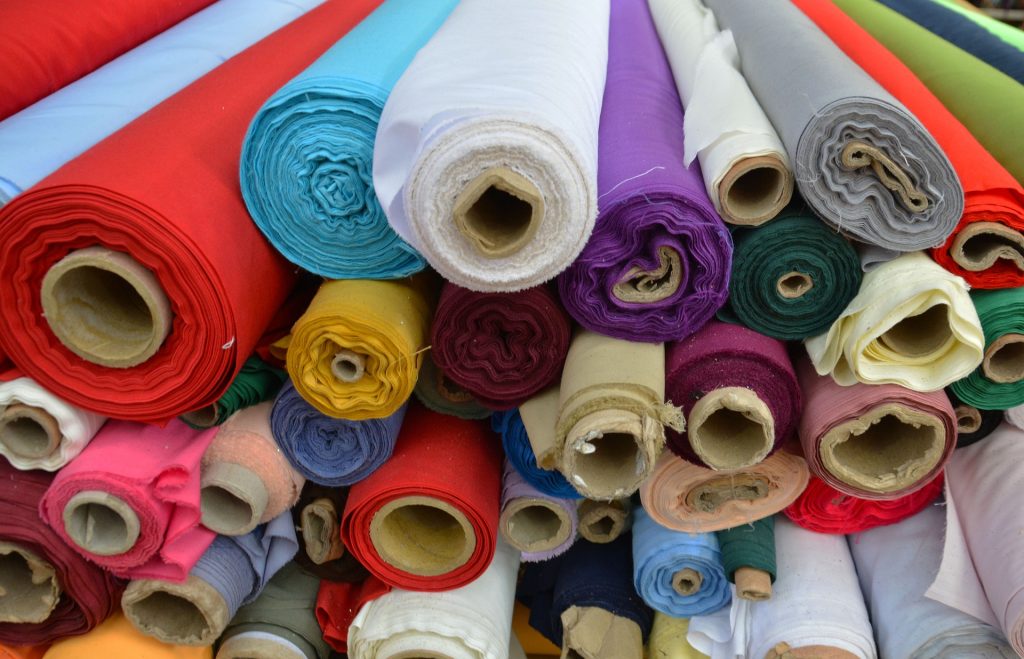In recent years, the fashion industry has been increasingly focused on sustainability, and the workwear industry is no exception. Sustainable workwear fabric offers a range of benefits, from reducing environmental impact to improving social impact. In this article, we’ll explore the importance of sustainability in the workwear industry, and the benefits of using sustainable workwear fabric.
Part 1: Understanding Sustainable Workwear Fabric
Sustainable workwear fabric is a type of fabric that is produced using sustainable methods and materials. There are several types of sustainable workwear fabric available, including organic cotton, recycled polyester, and blended fabric.
Organic cotton is grown without the use of synthetic fertilizers or pesticides. It is generally considered more sustainable than conventional cotton, as it reduces the use of harmful chemicals and water. However, organic cotton is typically more expensive than conventional cotton, which can make it less accessible for some consumers.
Recycled polyester is made from post-consumer waste, such as plastic bottles. By using recycled materials, the production of new polyester is reduced, which helps to conserve natural resources and reduce waste. Recycled polyester also requires less water and energy to produce than virgin polyester.
There are also various blended fabrics available, such as organic cotton + recycled polyester, organic cotton + recycled polyester + elastane, recycled polyester + lyocell + elastane, recycled polyester + nylon + elastane, and so on.
Compared to traditional workwear fabric, sustainable workwear fabric offers a range of benefits, including improved durability, reduced environmental impact, and improved social impact. For example, sustainable workwear fabric can be produced using organic or recycled materials, which reduces the use of harmful chemicals and conserves natural resources. Sustainable workwear fabric can also be produced using fair labor practices, which helps to improve social impact.

Environmental Impact of Workwear Fabric
The environmental impact of traditional workwear fabric can be significant. For example, the production of conventional cotton requires large amounts of water and pesticides, which can be harmful to the environment. The dyeing and finishing processes used in traditional workwear fabric production also typically involve the use of harmful chemicals.
Sustainable workwear fabric can help to reduce environmental impact by using organic materials, recycled materials, and sustainable production methods. For example, organic cotton reduces the use of harmful chemicals and water, and recycled polyester reduces waste and conserves natural resources. Sustainable workwear fabric can also be produced using sustainable production methods, such as using renewable energy and reducing waste.
Consumers can also contribute to sustainability in the workwear industry by choosing to purchase sustainable workwear fabric. By supporting brands and companies that prioritize sustainability, consumers can help to promote the use of sustainable materials and production methods in the workwear industry.
Social Impact of Sustainable Workwear Fabric
The social impact of traditional workwear fabric can also be significant. For example, workers in the textile industry are often subjected to poor working conditions and low wages. This can have a negative impact on their health and well-being, as well as their families and communities.
Sustainable workwear fabric can help to improve social impact by using fair labor practices and providing better working conditions for workers. For example, some sustainable workwear fabric producers may use organic or recycled materials that are produced using fair labor practices. These producers may also prioritize the use of renewable energy and reducing waste, which can help to improve the working conditions of workers in the production process.
Consumers can contribute to social impact in the workwear industry by choosing to purchase from brands and companies that prioritize social responsibility. By supporting brands that prioritize fair labor practices and provide better working conditions for workers, consumers can help to promote better working conditions in the workwear industry. In addition, consumers can also educate themselves on the working conditions of workers in the workwear industry and advocate for better working conditions.
Brands and Companies Using Sustainable Workwear Fabric
Several major brands and companies are already using sustainable workwear fabric, including Patagonia, Timberland, and Levi’s. These companies are leading the way in promoting sustainability in the workwear industry by using sustainable materials and production methods.
However, there are also some challenges to using sustainable workwear fabric. For example, sustainable workwear fabric is often more expensive than traditional workwear fabric, which can make it less accessible for some consumers. In addition, sustainable workwear fabric may also be more difficult to source, as there are fewer suppliers of sustainable materials.
Despite these challenges, the benefits of using sustainable workwear fabric for both the environment and society make it a worthwhile investment for brands and companies. By prioritizing sustainability, brands and companies can promote a more sustainable future for the workwear industry.
Consumers can support brands and companies using sustainable workwear fabric by choosing to purchase from them. By doing so, consumers can help to promote the use of sustainable materials and production methods in the workwear industry.
Tips for Choosing Sustainable Workwear Fabric
When choosing sustainable workwear fabric, there are several factors to consider. For example, consumers should look for fabrics that are made from sustainable materials and produced using sustainable methods. This can include fabrics made from organic or recycled materials, or fabrics produced using renewable energy and waste reduction practices.
Consumers should also consider the type of work they’ll be doing when choosing sustainable workwear fabric. For example, if the work involves exposure to hazardous chemicals, a fabric that is resistant to chemicals may be necessary. If the work involves exposure to high temperatures, a fabric that is breathable and moisture-wicking may be more appropriate.
In addition, consumers should prioritize durability and comfort when choosing sustainable workwear fabric. Workwear that is durable and comfortable will last longer and perform better, which can ultimately save consumers money and reduce waste.

Conclusion:
Sustainability in the workwear industry is an important issue, and choosing sustainable workwear fabric is one way consumers can contribute to a more sustainable future. By understanding the benefits of sustainable workwear fabric and considering the factors that influence its sustainability, consumers can make informed decisions when choosing workwear that is both functional and environmentally and socially responsible. Through their choices, consumers can help to promote a more sustainable future for the workwear industry.

